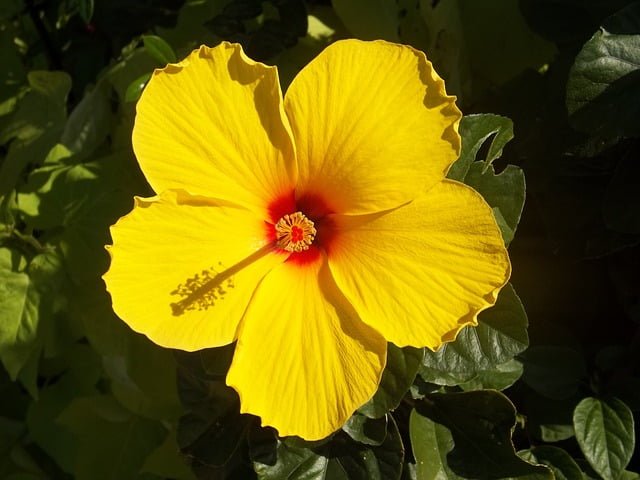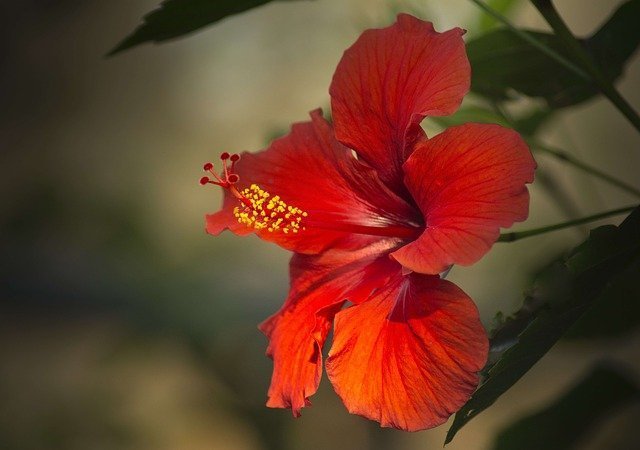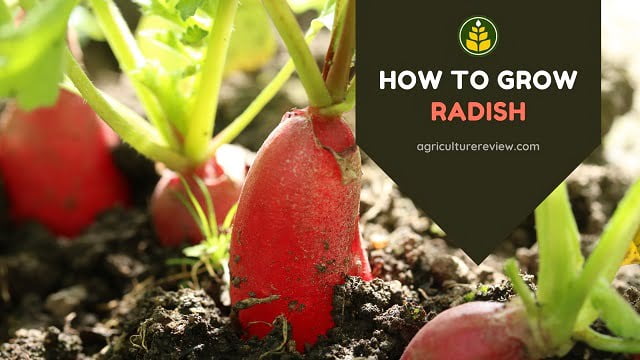This ultimate guide on hibiscus care will help you to grow and care for your hibiscus plant. Learn best practices to get heavy blooming in your hibiscus plant.
Table of Contents
Introduction
Hibiscus is a very enticing and pleasing flowering plant for the home garden. In India, people commonly grow this flowering plant for their alluring shape and colour of flowers. This plant can be grown in warm temperate, tropical, and subtropical climate.
Moreover hibiscus can be annual or perennials depending on the varieties. Most of the people grow perennial hibiscus plants in their home gardens. It can be grown as herbaceous as well as a woody shrub plant.
Hibiscus scientific name: Hibiscus rosa-sinensis
You have the option to grow more than 100 different varieties of this plant in your garden. In India red-coloured hibiscus is of high value because spiritual devotees offer this beautiful red coloured flower to goddess Maa Kali.
Hibiscus is the national flower of the Solomon Islands and Niue.
Growing Hibiscus is quite easy but garden enthusiast faces other problems in growing this plant. They want high-intensity flowering and disease-free plants.

How To Grow Hibiscus?
To grow hibiscus plant, knowing about growing season, potting mix, pot selection and propagation method helps a lot. And in this article I am going to tell you all these important points.
Growing Season
You can grow tropical hibiscus plants in nearly any season but avoid growing them in winters. They can not survive frost and propagating them in winters will be quite difficult.
If you are not growing in tropical regions then grow different varieties that are suitable to grow and survive in your region. You can easily find about them in the local plant nursery.
Selection Of Pot
If you are growing them in pots then select earthen or cemented pots. They can be medium to large size pots depending on the size of your plant. If you know to control the growth of roots in the pot then you can do magic with even a small to medium size containers.
Large-sized pots are considered good for growing this plant. You can also choose large-sized growing bags. If enough ground is available then I will suggest you to grow them in soil directly.
Have at least 2 to 4 drainage holes in the pot for good drainage.
Select wisely because in winters you need to protect your plants from frost.
Potting Mix
Prepare your potting mix with 60% normal well-drained garden soil + 20% sand + 20% vermicompost or any organic compost.
Researchers have claimed that Hibiscus gives higher bloom when grown in soil having vermicompost.
Pour this Potting Mix in the container and place your new plant in the soil medium. Cover it with soil and gently press around your plant with the help of your hand.
Water your pot after transplantation but do not overwater.
READ MORE: 13 BEST INDOOR PLANTS THAT WILL MAKE YOUR HOME HEAVEN
READ MORE: VEGETABLES AND PLANTS THAT CAN GROW IN OUR HOME GARDEN
Propagation
You can directly purchase a new plant from the nearest plant nursery or you can propagate this plant by cutting.
If you are already growing them in your awesome garden and want to propagate your plant then take out cutting scissors and follow my instructions.
Cutting
Spring and rainy season is the best time for propagating hibiscus plant from cuttings. But you can grow in any season except winters. For propagation select the branch that is new and green from the inside, do not select old branches for cuttings.
The most deserving branch for cutting is not too soft and not too hard. Take 4 to 6 inches long cuttings by ensuring that it must contain the leaf node at the bottom of the cutting. Clear all the leaves from the branch.
Dip the bottom end in any available rooting hormone solution.
Potting Mix For Propagation
Perlite is generally available in the market, you can use it to prepare your potting mix for growing this plant from cutting. Use 50% normal well-drained garden soil and 50% perlite to prepare potting mix.
Or you can use 40% normal well-drained garden soil and 60% cocopeat to grow your plant from cutting.
Pour this potting mix in the growing container and wet the growing soil medium thoroughly with water before planting cuttings in them.
Plant 3 to 5 cuttings in each pot by pressing them 2 inches deep in the soil. Keep your soil medium moist but do not overwater. Water only when the top layer of soil medium seems dry.
Cover your pot with transparent polybag to maintain moisture and to prevent from diseases and place your pot in partial shade.
You will observe new leaves coming out within 9 days or more but it takes nearly 6 to 8 weeks for roots to grow properly. Now you can transplant your newly grown plants into separate larger pots.
For transplanting your new plants take out the plant gently from the soil medium. Take care not to disturb the newly grown roots in the soil. Wash the root region with water.

Hibiscus Care Guide
Sunlight
Hibiscus loves direct sunlight to grow. They require at least 6 to 7 hours of sunlight daily. But if the temperature goes above 38 degrees Celsius then provide them shade.
During winters if there is too much cold outside then place your pot inside to save your plant from frost.
Watering
I water my plants when I see topsoil going dry in the pot. Keep the soil medium moist but do not let the water stand in the pot for a longer time. Maintain good drainage in the pot.
After transplanting water frequently for a week, after then apply water according to the need of the plant.
Fertilizers
If you are growing organically then you can apply a handful of Vermicompost once in a month during the growth stage of the plant.
Do not use nitrogen-rich fertilizer as it will promote mostly vegetative growth of the plant. Apply 1/2 tablespoon NPK 0:10:10 for better blooming.
You can use 5gm/liter solution of Epsom salts once in a month to increase blooming. If you notice small bud size and leaves turning yellow then you can apply this solution to control the problem.
At the time of flowering, you can apply banana peel fertilizer to increase blooming.

Pruning
Pruning is very important in Hibiscus. Pruning your plant in spring season or late winter will help to increase blooming. Pruning also helps to remove diseased or dead branches that can affect plant growth.
Trim back the old and injured branches to maintain proper shape and heavy blooming in the plant.
Pests & Diseases
Pest and disease do not cause much harm in hibiscus plant growth and development but can affect blooming and overall plant appearance.
Generally, this plant is susceptible to a few pests and diseases. Pest such as
Thrips,
and Whiteflies can affect your plant.
Gardeners face the problem of powdery mildew diseases in their hibiscus plants in which a white powdery appearance can be seen on the plant parts.
To control them spray 3ml/liter solution of neem oil or you can also spray any copper fungicides.
To prevent them from happening with your plants you can avoid wetting your plant parts like leaves and upper stems or branches while watering them.
Remove the affected part urgently from the plant.
Hibiscus Benefits
Apart from being one of the most beautiful garden plants they have many other benefits. People take hibiscus tea that is quite good for health.
This tea helps in lowering blood pressure, fat levels in the blood, prevent cancer, promoting weight loss, boosting liver health, etc.
They also contain antioxidant compounds.




